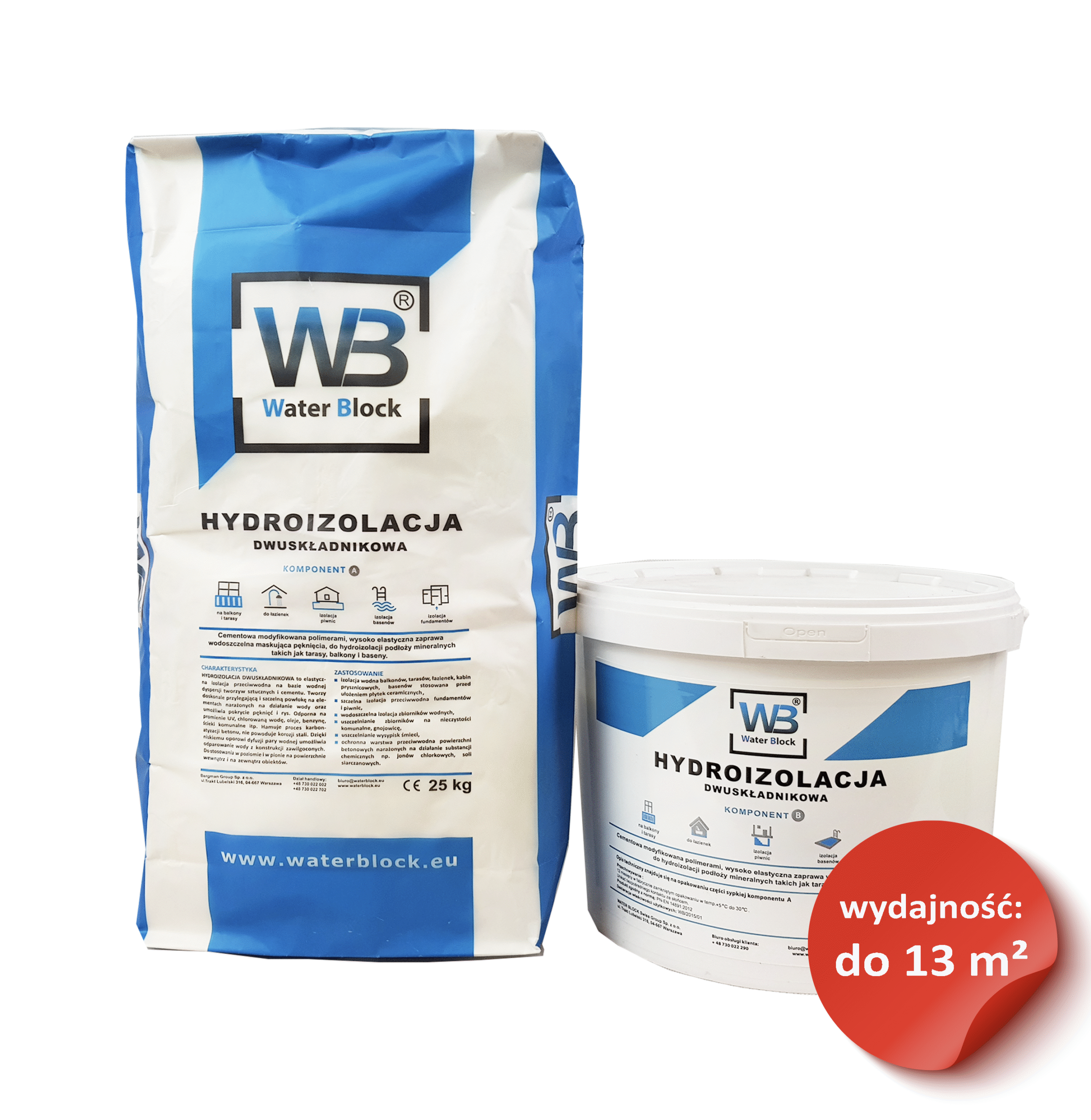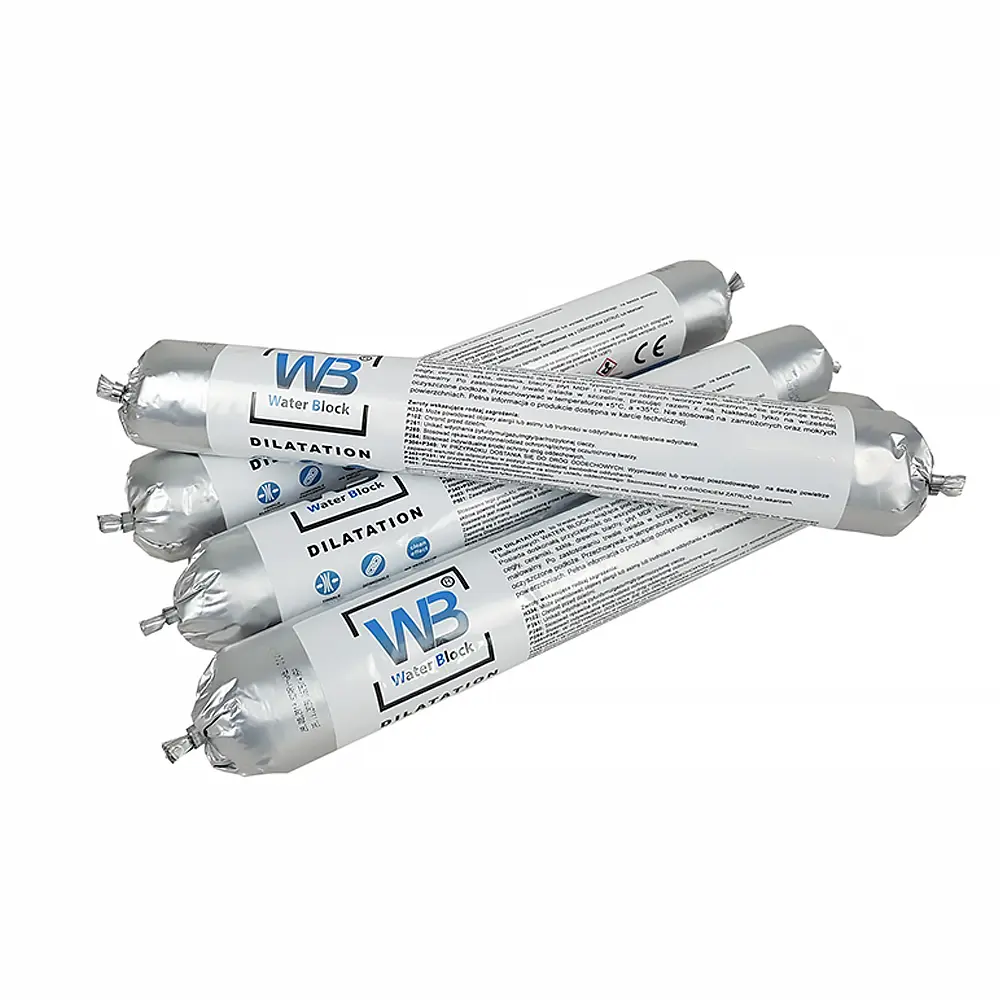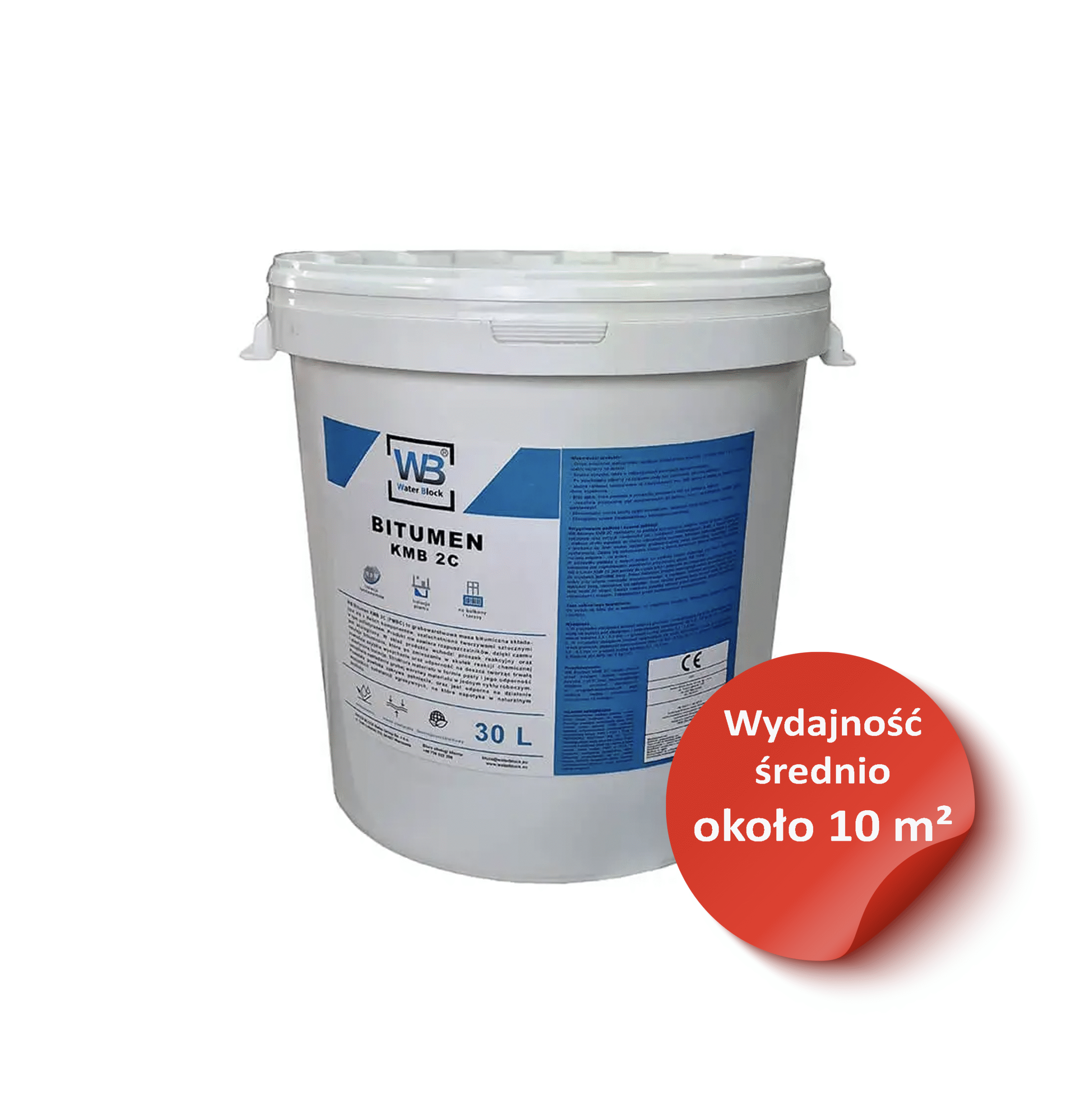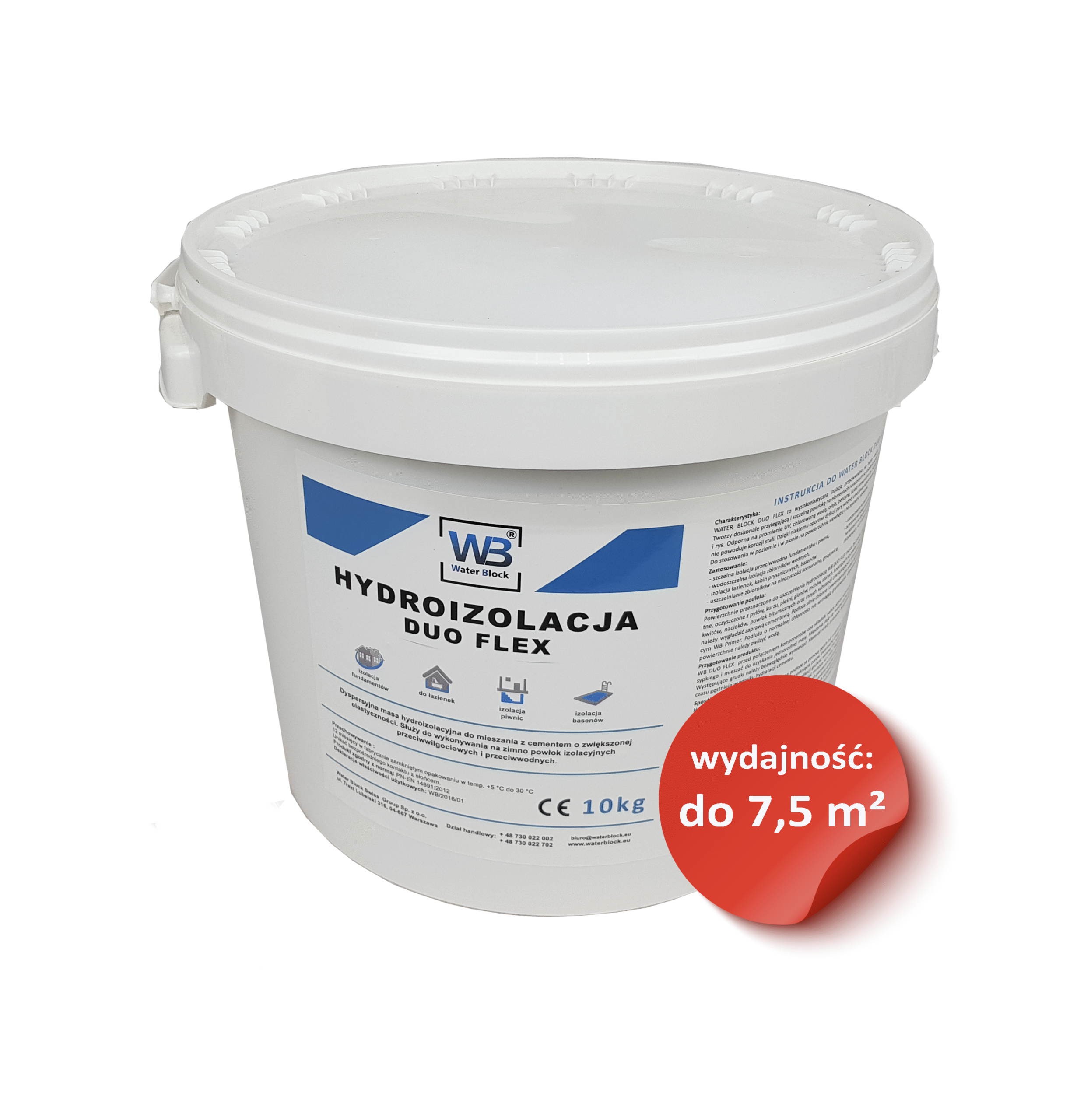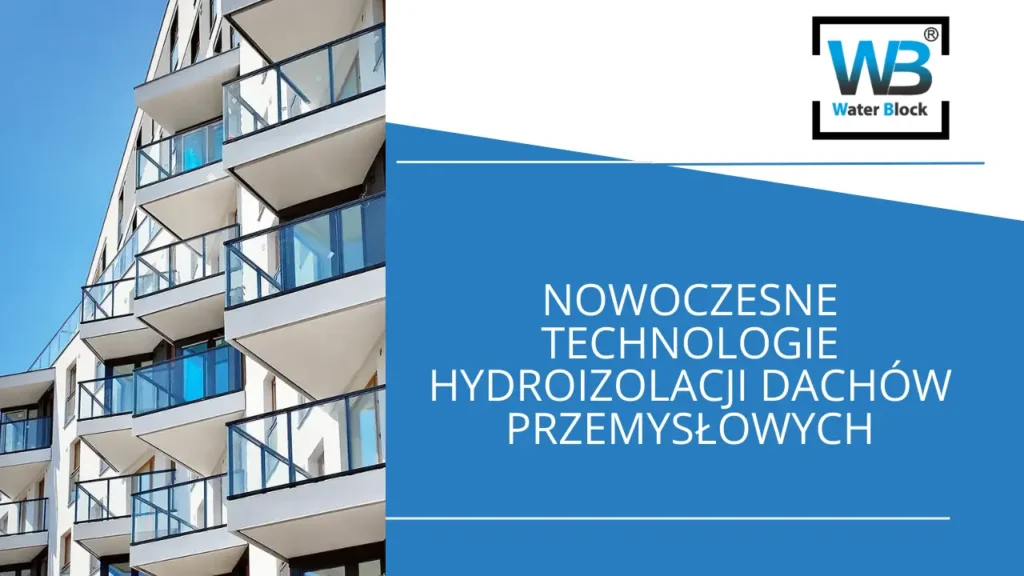Waterproofing industrial roofs is a key element in protecting buildings from adverse weather conditions. Well-made insulation prevents water infiltration, extending the life of the structure and reducing the operating costs of the building. Thanks to innovative technologies in this field, investors and contractors today can choose from a range of advanced solutions. Which methods are the most effective and what are the benefits of modern waterproofing techniques?
What are the basic types of waterproofing for industrial roofs?
Every industrial roof requires an individual approach to waterproofing, due to the diversity of the construction and the specific performance requirements. Today's technologies offer several basic types of waterproofing:
- PVC and TPO membranes
- waterproofing membranes
- liquid systems
- polyurethane foams
Each of these systems has its own advantages and limitations, so choosing the right technology depends on the specifics of the roof and the investor's budget. An important step before making a decision is a thorough analysis of the needs of the building in question and the conditions in which it will be used. However, as a manufacturer and long-term contractor, we strongly recommend WB Hot Matewhich, due to its durability and properties, offers a guarantee of several decades of durability.
Why is waterproofing industrial roofs so important?
The durability and functionality of industrial buildings largely depends on effective protection against moisture. Failure to take appropriate waterproofing measures can lead to serious problems, such as the degradation of m1TP2Structural materials or the appearance of mould. Waterproofing therefore performs several key functions:
- protects the roof structure from degradation caused by moisture and temperature changes,
- reduces the risk of water seeping into the facility, which can cause damage to stored goods,
- ensures the energy stability of the building, reducing heat loss and increasing energy efficiency.
In the case of industrial roofs, it is crucial to take into account specific requirements such as resistance to mechanical loads, chemical loads and various weather conditions.
What is the application process for modern waterproofing systems?
The application of waterproofing depends on the system chosen, but certain steps are common to most solutions. The process includes:
- Substrate preparation - cleaning and levelling the surface to ensure optimum adhesion of the m1TP2insulation material.
- Insulation application - this could be laying membranes, spraying polyurethane foam or applying liquid coatings.
- Quality control - thorough inspection upon completion of the work, including leak tests.
Thanks to advanced technology, today's waterproofing systems allow work to be carried out quickly and accurately, which is crucial for large industrial buildings where execution time is an important factor.
Roof waterproofing - summary
Modern industrial roof waterproofing technologies are not only more efficient, but also a clear step towards sustainability and ecology. Thanks to advanced m1TP2Materials and innovative application methods, industrial roofs today are more resistant to moisture, resulting in lower operating costs and longer building life. The choice of the right waterproofing system should always be supported by a thorough analysis of the needs and conditions of use in order to fully exploit the potential of modern technology.

